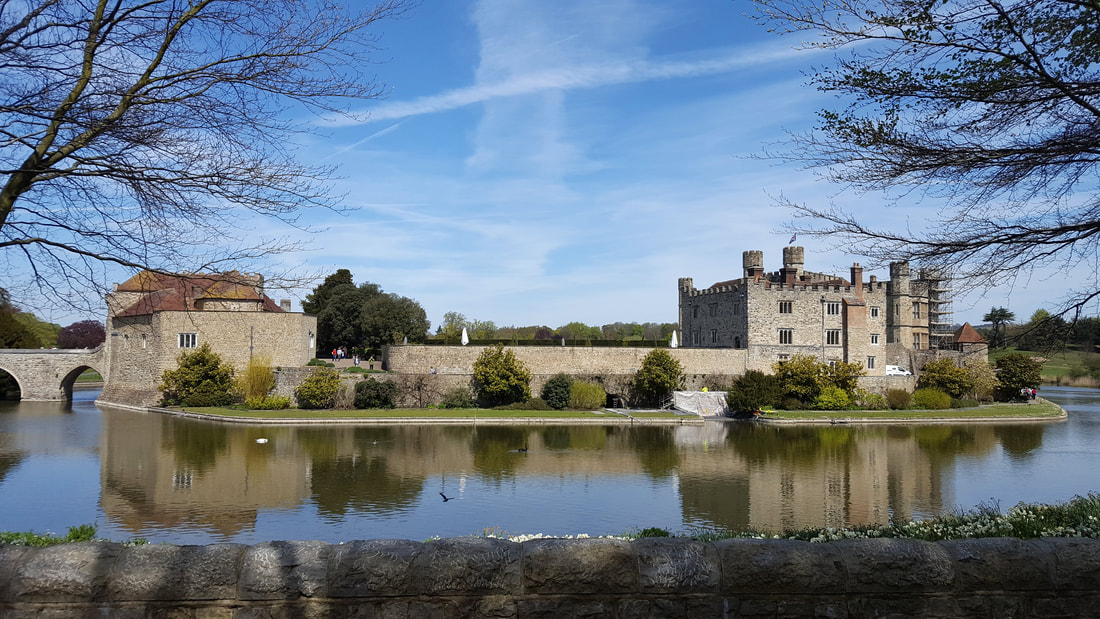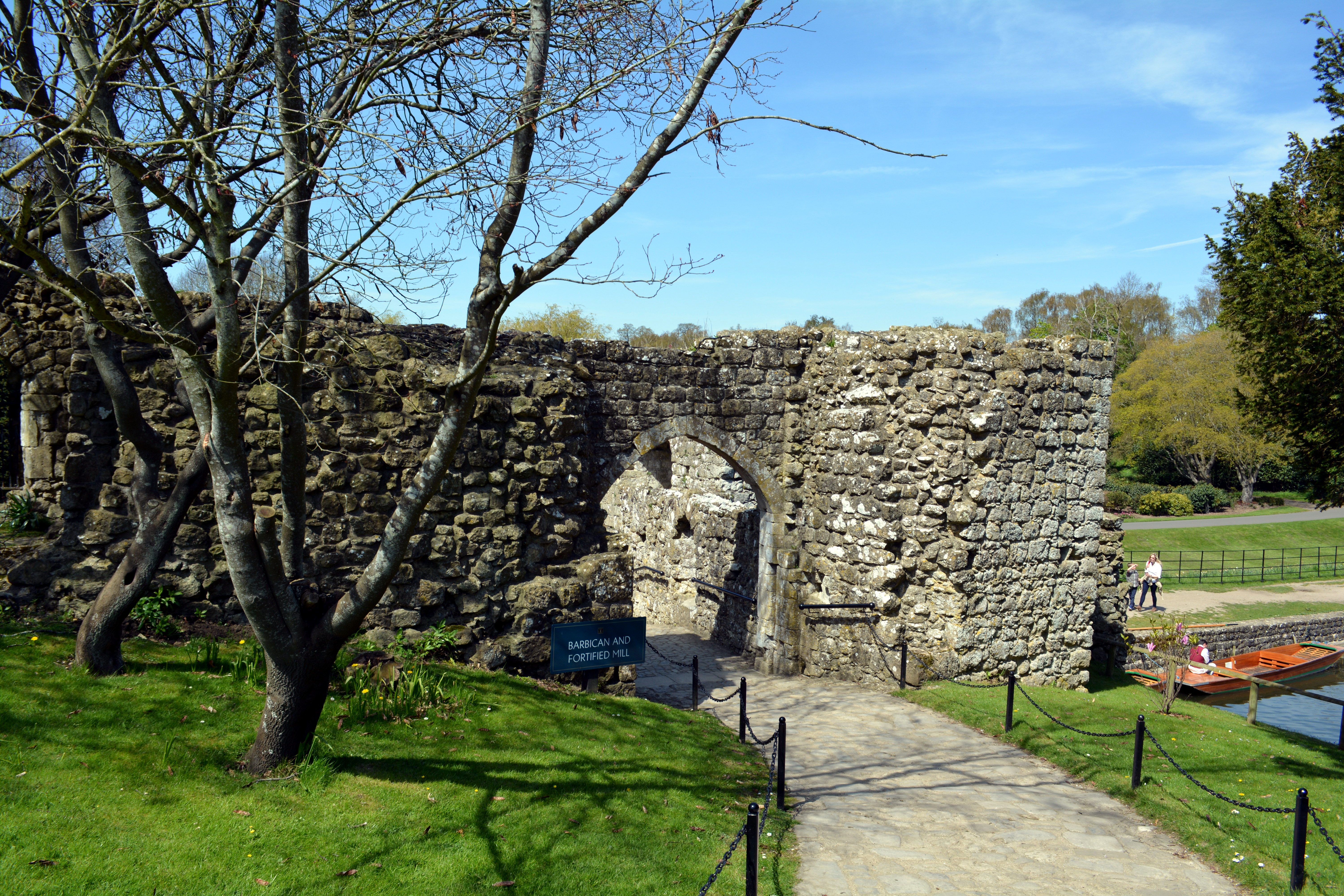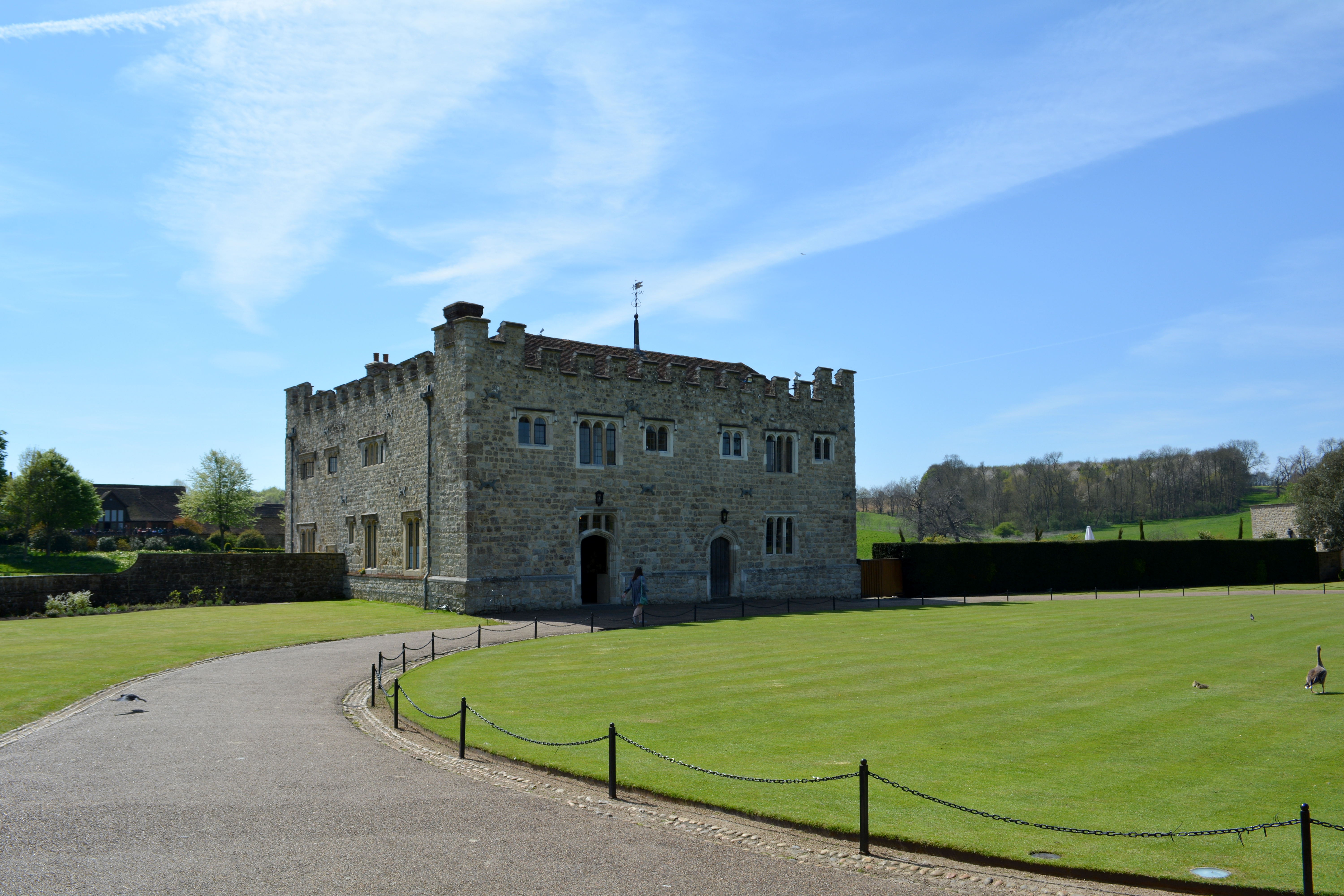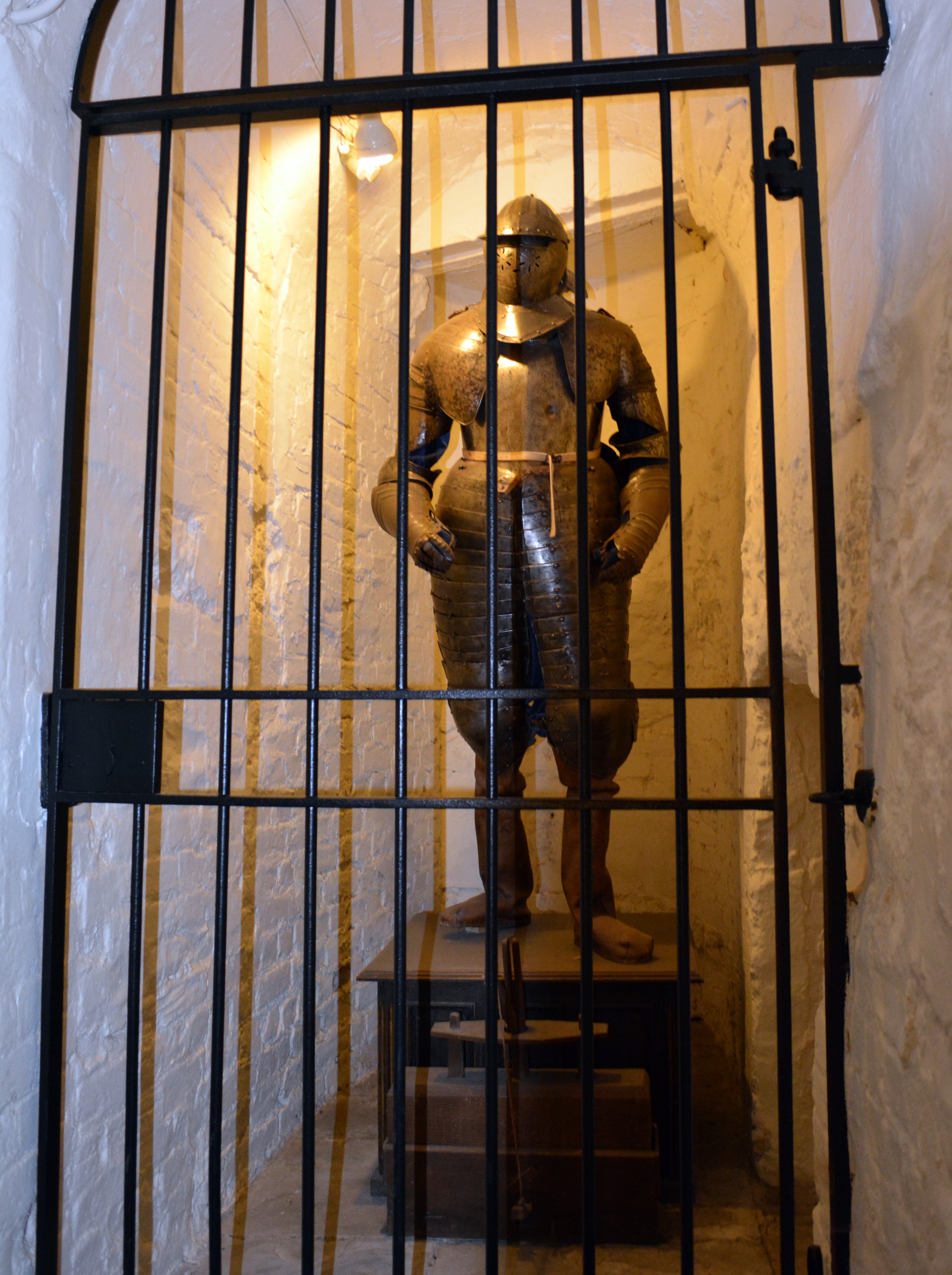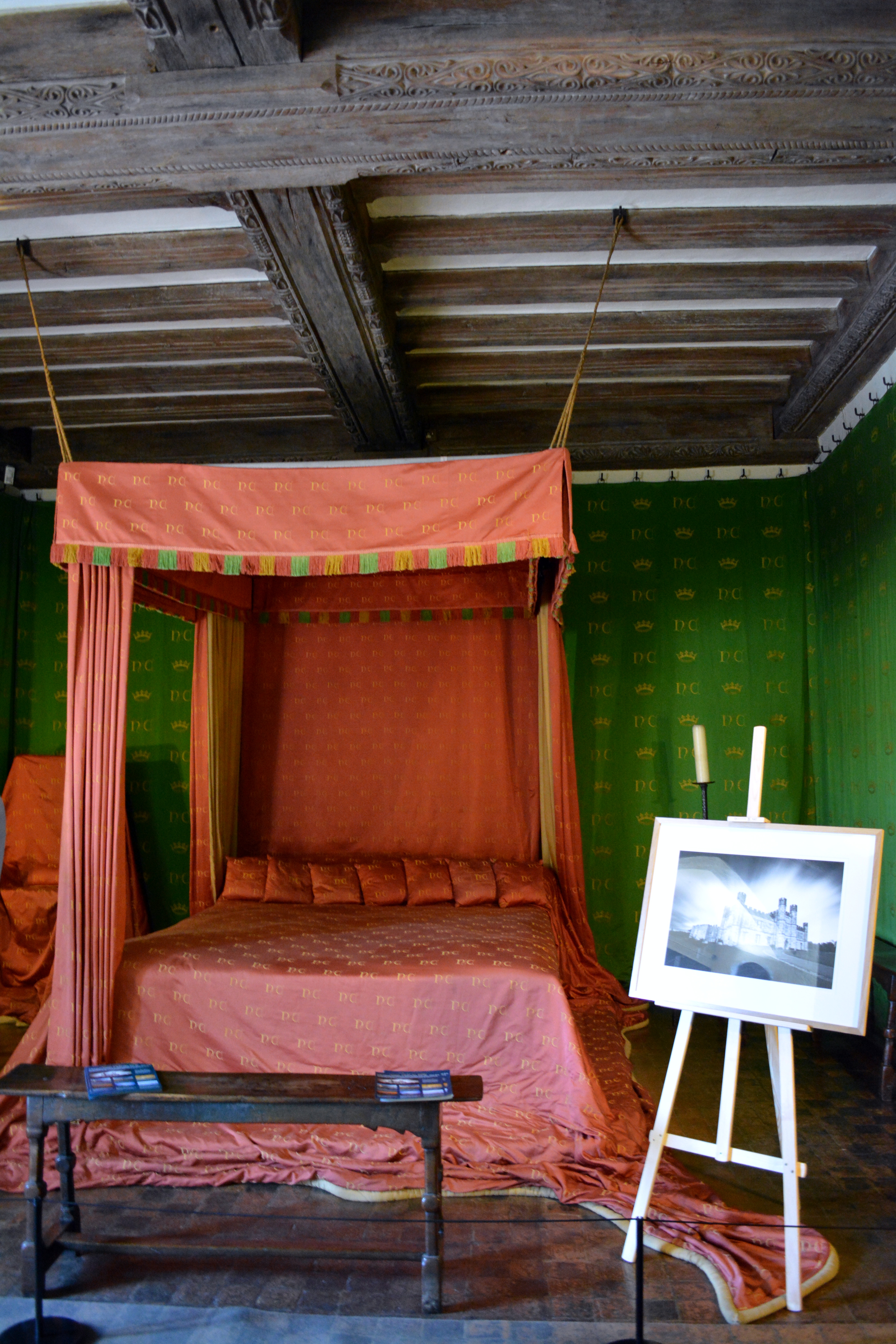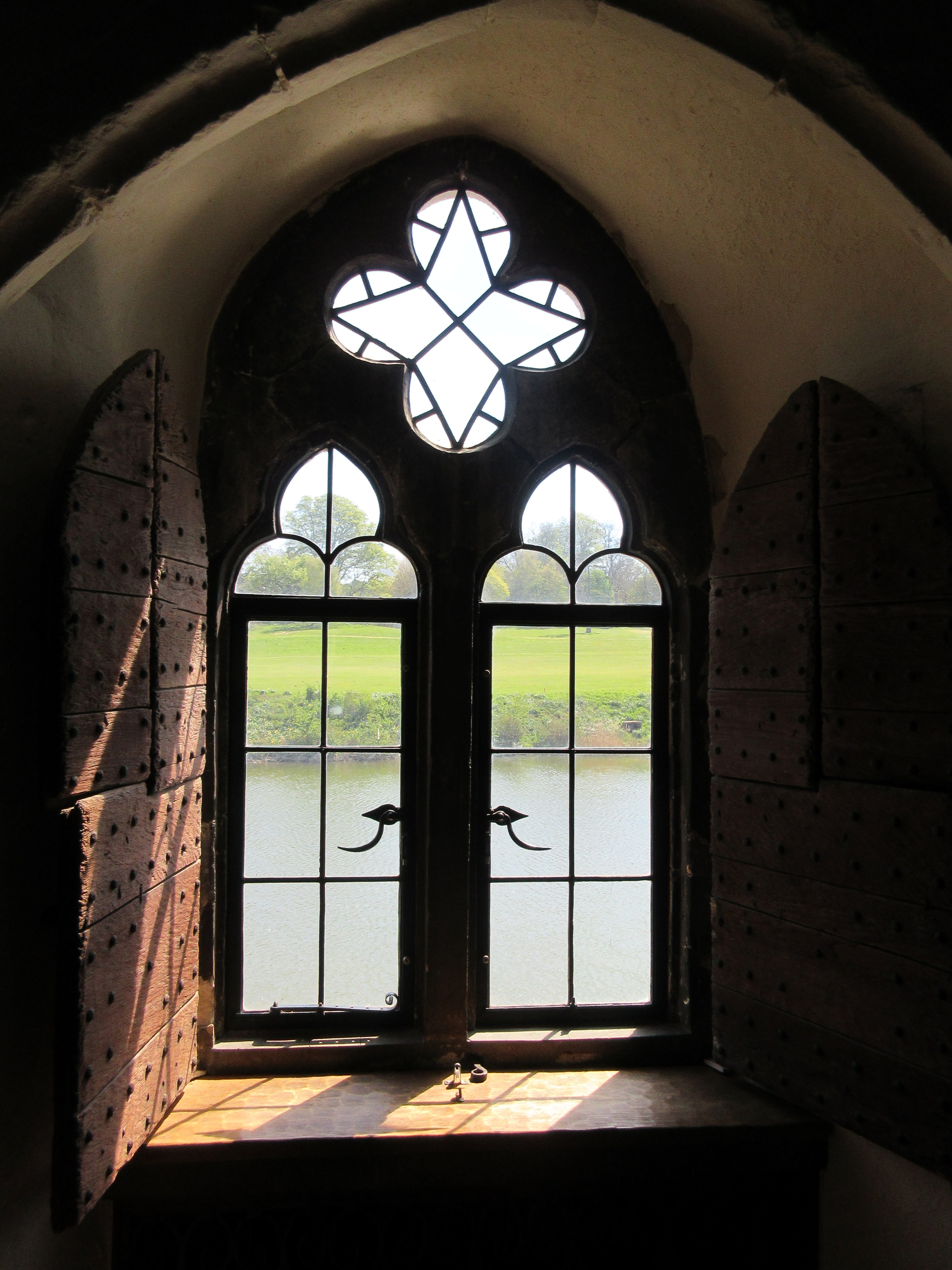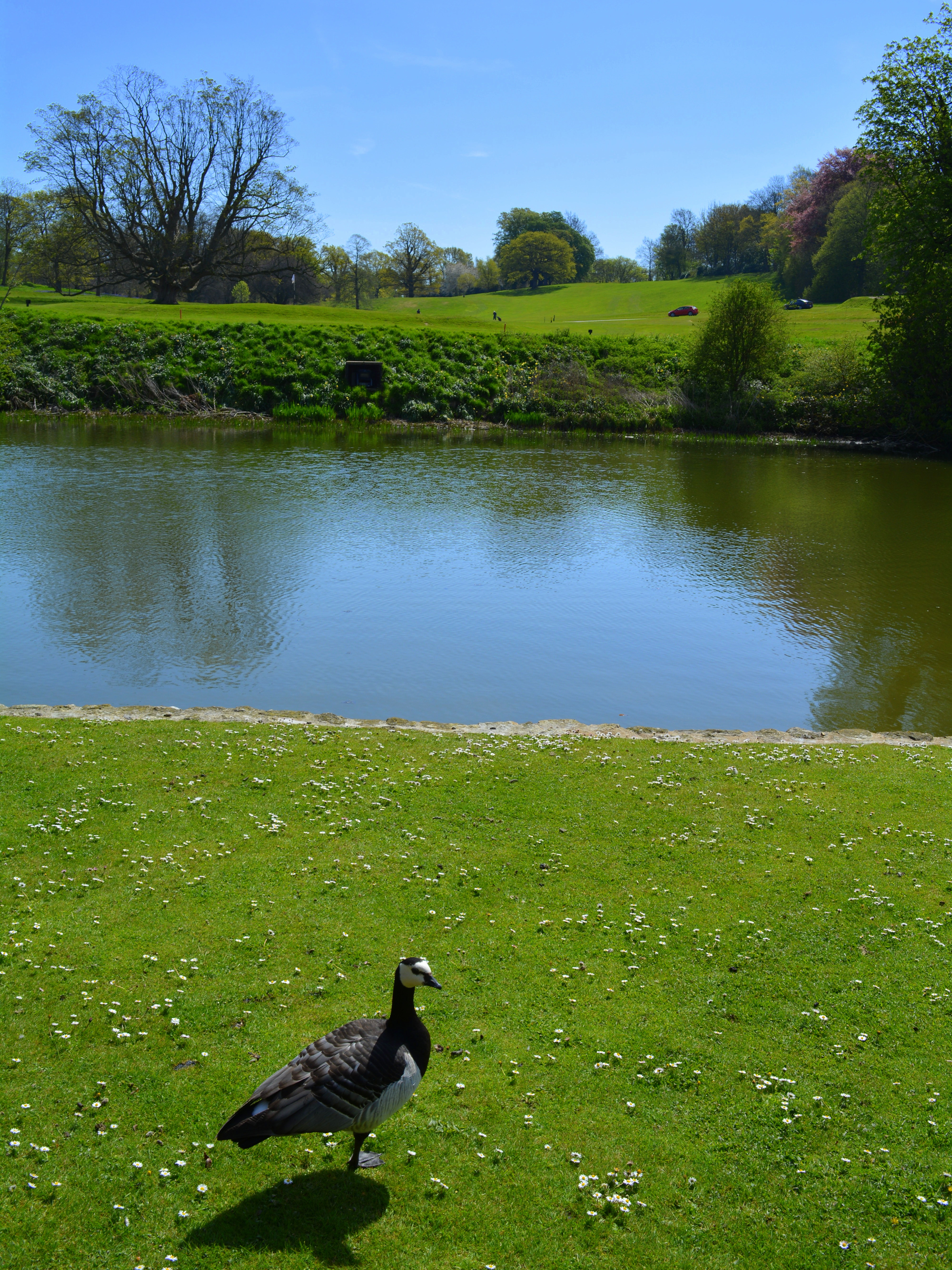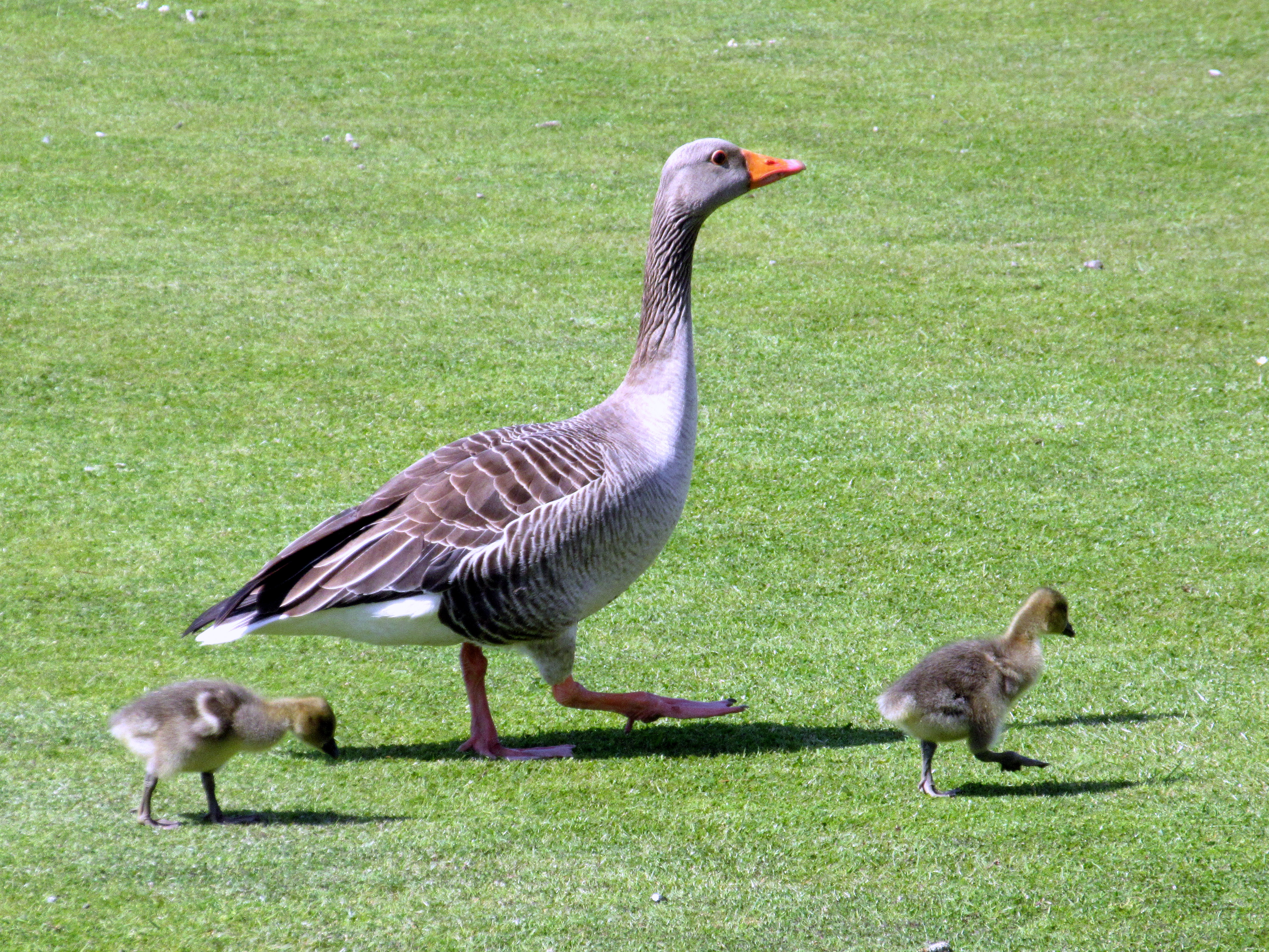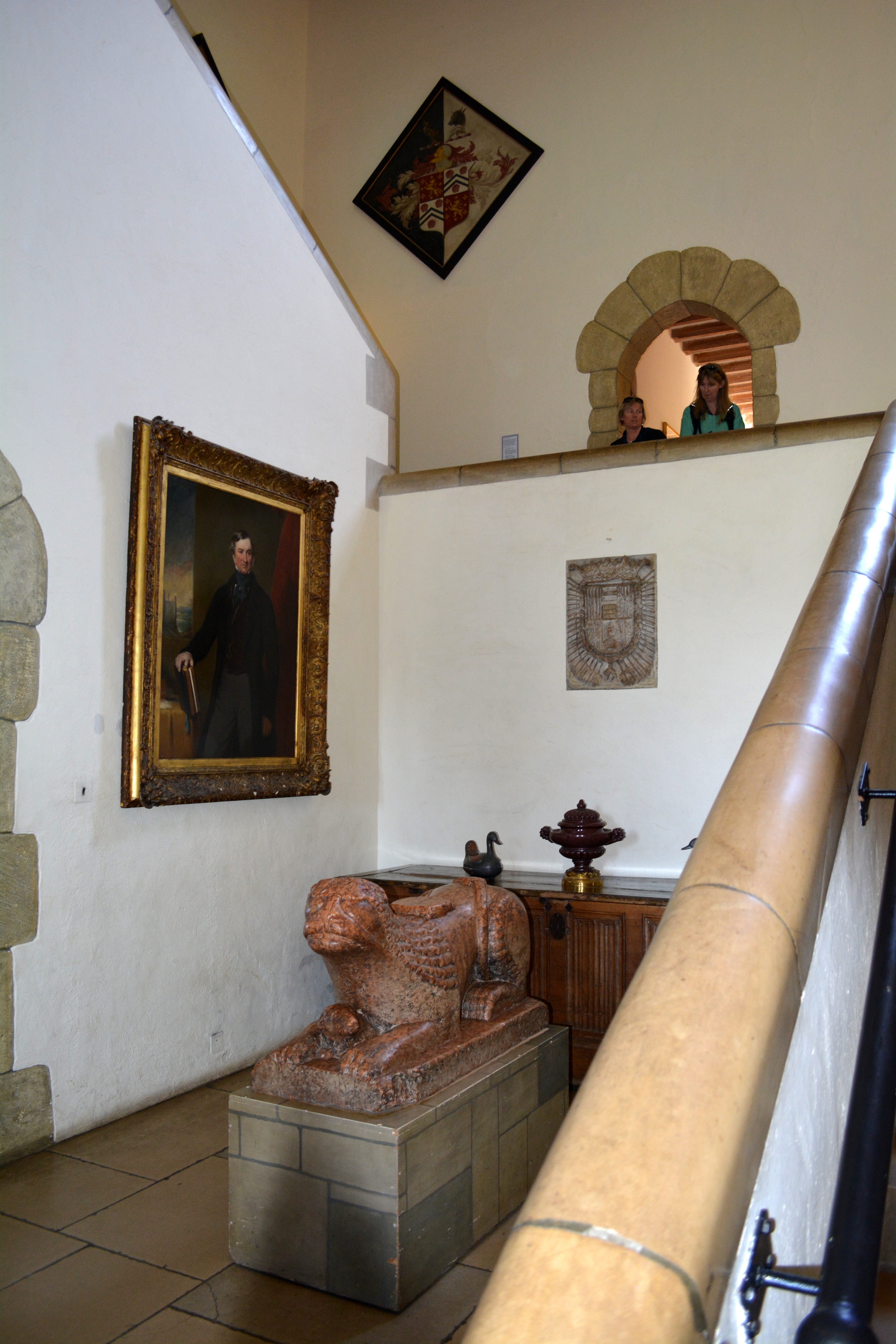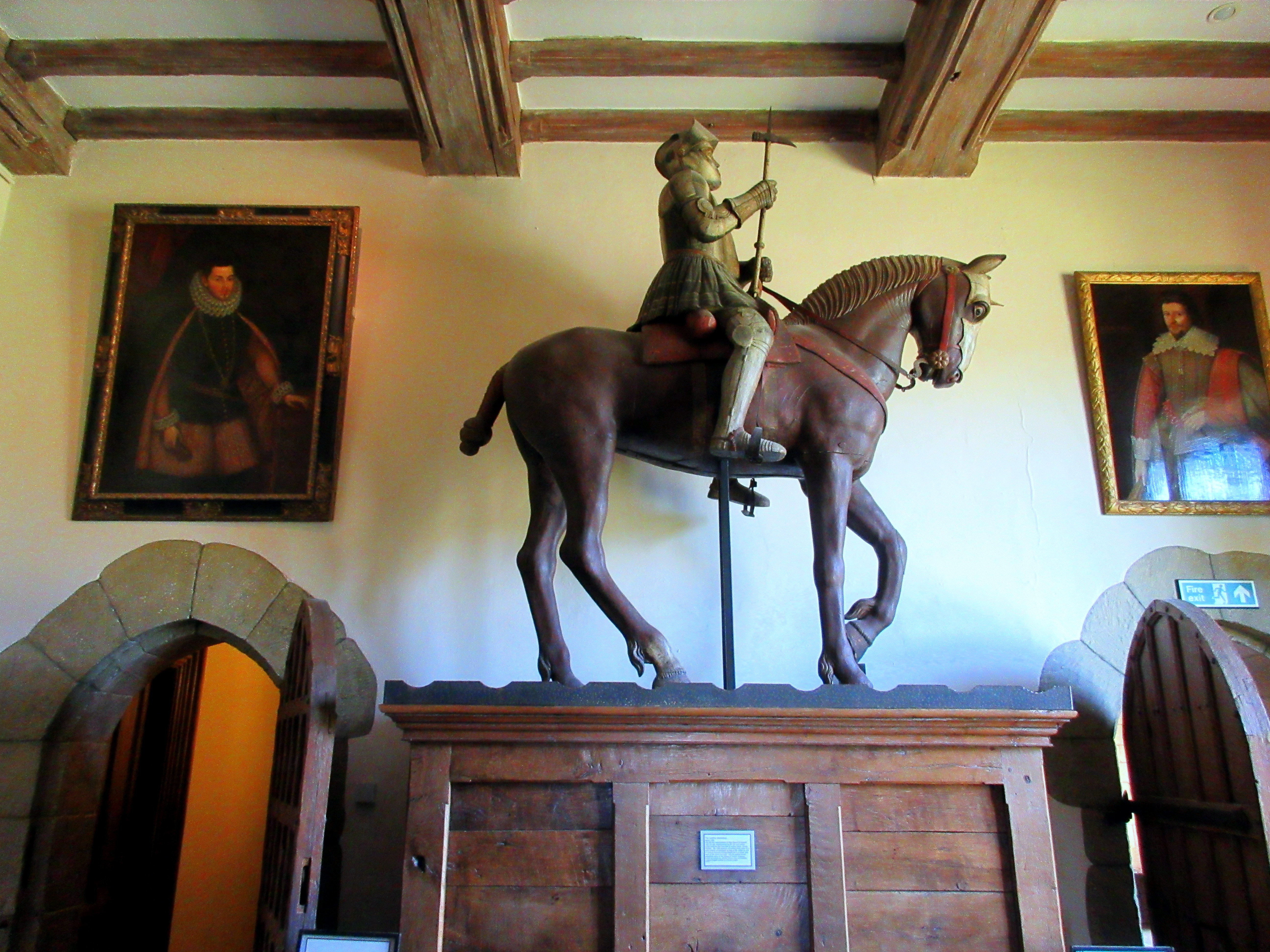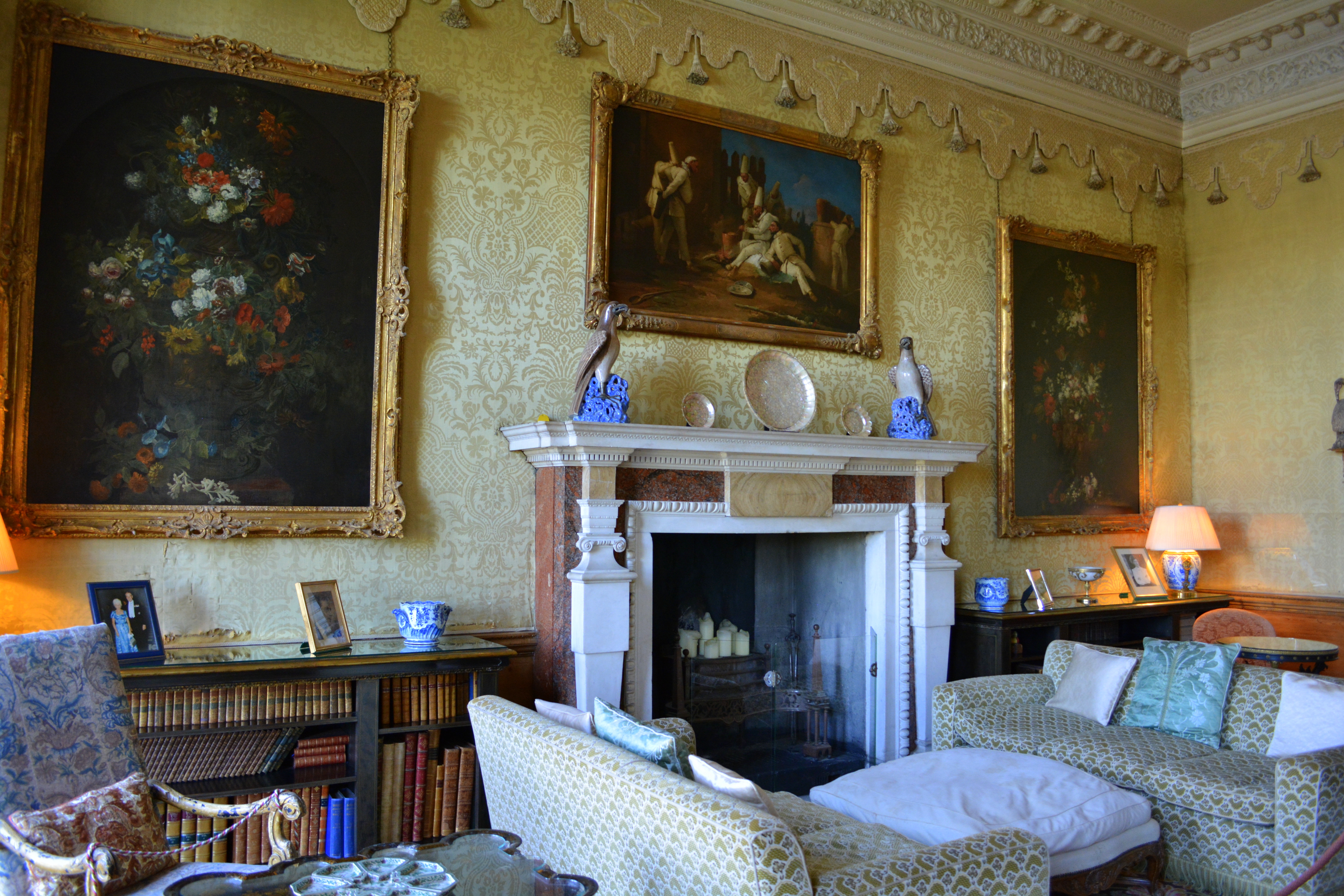Leeds Castle
Norman Fortress - Tudor Palace - Country Estate
So many times, when planning a trip, Jim and I debate an all-important question…. Do we spend the first full day in country (the day after arrival day) sleeping in and then leisurely wandering whatever town we are in, or do we hit the ground running with an ambitious itinerary? I have to admit we end up doing both about half the time.
This time, during our “English History Road Trip” we definitely hit the ground running in London by booking a Viator tour to Leeds Castle, The Cliffs of Dover and Canterbury Cathedral. Ignoring Jim’s groaning and complaints about how tired we would be, we set our alarm for an early rise and went to bed a little early in anticipation of our early appointment at Victoria Coach Station.
Most tours that do not pick you up at your hotel depart from Victoria Coach Station which is one of the best organized bus stations we have had the pleasure (wink here!) of experiencing. The departure portals have well-lit monitors announcing the list of departure times and while waiting for a bus to arrive, you can have a to-go breakfast sandwich and coffee from one of the several kiosks in the terminal.
This time, during our “English History Road Trip” we definitely hit the ground running in London by booking a Viator tour to Leeds Castle, The Cliffs of Dover and Canterbury Cathedral. Ignoring Jim’s groaning and complaints about how tired we would be, we set our alarm for an early rise and went to bed a little early in anticipation of our early appointment at Victoria Coach Station.
Most tours that do not pick you up at your hotel depart from Victoria Coach Station which is one of the best organized bus stations we have had the pleasure (wink here!) of experiencing. The departure portals have well-lit monitors announcing the list of departure times and while waiting for a bus to arrive, you can have a to-go breakfast sandwich and coffee from one of the several kiosks in the terminal.
Viator has a number of day tours from London and most of them are booked to their maximum bus occupancy, so we were pleasantly surprised to find that there were only about 20 people booked for our tour and we had the big bus and tour guide all to ourselves. The Leeds, Dover, Canterbury tour is a tour one would take after you have already done the “must see” tours including, Bath, Stonehenge, Windsor, Stratford-upon-Avon, Oxford and Cambridge, and definitely made for history nuts like us.
Our first stop (and the topic of this post!) was lovely Leeds Castle, often considered one of the prettiest in England. It is located in Kent, England southeast of London.
Personally, I find almost all the castles in England spectacular, so I will leave that title open to speculation. It definitely is impressive as it sits at the end of a causeway jutting out to two small islands in the smooth blue-green lake formed by the intentional damming of the River Len. The lake created by flooding the valley in the 13th century effectively created a moat around the castle. The view from the lakeshore and through the trees is enchanting.
Personally, I find almost all the castles in England spectacular, so I will leave that title open to speculation. It definitely is impressive as it sits at the end of a causeway jutting out to two small islands in the smooth blue-green lake formed by the intentional damming of the River Len. The lake created by flooding the valley in the 13th century effectively created a moat around the castle. The view from the lakeshore and through the trees is enchanting.
As you enter the castle, you cross over the moat via a stone bridge. This was originally a wooden drawbridge leading to the Bailey. At one end of the bridge is the Barbican and fortified wall with the remains of its original portcullis and the Gatehouse. The holes at the top of the door to the Gatehouse also known as Murder Holes would have provided places through which stones and hot oil could be dropped onto invaders. Machicolation at the roofline would have provided cover for archers.
There has been a stronghold on the location of Leeds Castle since the 9th century beginning with the Saxon Chieftain called Led or Leed.
The earliest part of the stone castle was built in 1199 by Robert de Crevecour, one of William the Conqueror’s lords. De Crevecour owned the Norman stronghold for 175 years beginning in the 11th century. During that period there would have been a Keep on the smaller island and a Bailey with domestic buildings on the larger island. The two islands would have been linked by a drawbridge that could be drawn up for protection when under attack or siege.
Only a few architectural features survive from the 12th century such as the window at the end of the banqueting hall and the cellar beneath the Heraldry room.
The earliest part of the stone castle was built in 1199 by Robert de Crevecour, one of William the Conqueror’s lords. De Crevecour owned the Norman stronghold for 175 years beginning in the 11th century. During that period there would have been a Keep on the smaller island and a Bailey with domestic buildings on the larger island. The two islands would have been linked by a drawbridge that could be drawn up for protection when under attack or siege.
Only a few architectural features survive from the 12th century such as the window at the end of the banqueting hall and the cellar beneath the Heraldry room.
The purchase of Leeds Castle by Queen Eleanor of Castile, wife of King Edward I, in 1278 ushered in a long period of Royal ownership and began its association with six Queens of England. It became a tradition for a King to grant the Leeds Castle as a dower property to his queen to be owned by her after the King’s death. Many alterations and improvements were made during this period.
The retaining wall surrounding the larger island dates from Eleanor’s time. The wall could be surveilled from D-shaped bastion towers called Drum Towers, the remains of which can still be seen today. The north-east tower retains its original height. The Keep which was located on the smaller island and housed apartments for the King and Queen was also developed during this period and was named the “Gloriette” from the Spanish term for pavilion. The Keep would have been the most protected part of the castle. The rooms were built around a small courtyard with a small fountain. This area was restored and recreated in the early 20th century.
The retaining wall surrounding the larger island dates from Eleanor’s time. The wall could be surveilled from D-shaped bastion towers called Drum Towers, the remains of which can still be seen today. The north-east tower retains its original height. The Keep which was located on the smaller island and housed apartments for the King and Queen was also developed during this period and was named the “Gloriette” from the Spanish term for pavilion. The Keep would have been the most protected part of the castle. The rooms were built around a small courtyard with a small fountain. This area was restored and recreated in the early 20th century.
The interior from Eleanor’s time at the castle no longer exists, but the chapel is generally in the same location as originally built. Upon Eleanor’s death, King Edward I dedicated the chapel to her memory. The current chapel dates from a 1978 reconstruction and was re-consecrated by the Archbishop of Canterbury.
King Edward I, (1290-1299) continued improving defenses and gave much consideration to the domestic aspects of the buildings. The original Maidens’ Tower and the Bath House date from this period. It is recorded that King Edward greatly enjoyed the practice of regular bathing while on Crusade in the Holy Land and may have brought this practice back to Leeds Castle.
King Edward II (1318-1327) broke with tradition and granted the use of Leeds Castle to his constable Baron Bartholomew de Badlesmere whom he later beheaded for barring entrance to Edward's queen. People's fortunes and fates were very precarious in those days! After Edward II’s death, his widow Queen Isabella made the castle her primary residence (1327-1318).
King Edward III (1358-1377) also broke with tradition and did not grant Leeds Castle to his queen, though he made several improvements including new outer gates with two portcullises and a new drawbridge.
King Edward III (1358-1377) also broke with tradition and did not grant Leeds Castle to his queen, though he made several improvements including new outer gates with two portcullises and a new drawbridge.
King Richard II (1377-1395) returned to tradition and granted the castle to his Queen, Anne of Bohemia in 1382. Anne spent the Christmas before her wedding at Leeds Castle.
Queen Joan of Navarre (1403-1422) , wife of King Henry IV, was granted Leeds Castle immediately upon her marriage to Henry IV in 1403. She in turn gave the castle to the Archbishop of Canterbury until his death. Ironically, it later became her prison when she fell out of favor with her step-son Henry V!
Queen Catherine de Valois (1422-1437) was bequeathed Leeds Castle by her husband King Henry V as part of a great inheritance. After the king’s death she married Owen Tudor, a commoner, and had several children. She held the castle until her death in 1437, when Henry Tudor, her grandson by Owen Tudor, became King Henry VII and the new Tudor Dynasty inherited the castle.
The castle museum rooms in the Gloriette, are restored to reflect the Tudor period and contain several authentic 15th and 16th century artifacts.
The Queen's Room: Restored as it would have appeared in 1420 during the period of Catherine de Valois’ occupation of Leeds Castle, the Queen’s Room is a Day Room where the Queen would sit on a chair beside the bed and receive guests. Beds at this time were very expensive and owned exclusively by royalty and nobility and would have impressed her visitors. The fireplace was installed at the time of Henry VIII and has the Tudor Rose and Dragon insignia carved in the stone.
The ceiling beams are decoratively carved and the wall hangings are designed with the initials HC for Henry and Catherine.
The castle museum rooms in the Gloriette, are restored to reflect the Tudor period and contain several authentic 15th and 16th century artifacts.
The Queen's Room: Restored as it would have appeared in 1420 during the period of Catherine de Valois’ occupation of Leeds Castle, the Queen’s Room is a Day Room where the Queen would sit on a chair beside the bed and receive guests. Beds at this time were very expensive and owned exclusively by royalty and nobility and would have impressed her visitors. The fireplace was installed at the time of Henry VIII and has the Tudor Rose and Dragon insignia carved in the stone.
The ceiling beams are decoratively carved and the wall hangings are designed with the initials HC for Henry and Catherine.
The Queen’s Bathroom: Also reflecting a bathroom from 1420, the bath is made from wood. The cloth covers would help retain heat and keep the Queen from getting splinters.
King Henry VII never took an interest in the castle, but his son King Henry VIII transformed Leeds Castle from a fortified stronghold to a magnificent royal palace. Between 1517-1523, major alterations were made so that he and his first Queen, Catherine of Aragon, could visit the castle in comfort. The most notable visit recorded was during an excursion by the entire court of 5000 on the way to the Tournament of the Field of the Cloth of Gold which took place in 1520.
The Gloriette remained the principal royal apartments, and an upper floor was added. Grand fireplaces decorated with royal arms and Spanish motifs were installed.
The Queen’s Gallery: This gallery reflects the period of Henry VIII and his Queen Catherine of Aragon. The fireplace was moved from upstairs and has the initials of the King and Queen and symbols of the queen (Castle of Castile and pomegranates) carved in the spandrels.
The Italian marble statues of Henry VIII and his three children were carved during Queen Elizabeth I’s reign around 1569. The long refectory table is 17th century Italian and came from a monastery.
Henry VIII Banqueting Hall: The largest room in the Old Castle. King Henry VIII actually held parties and gave great banquets in this hall. As part of the restoration, the ceiling beams were designed and carved in the early 20th century, the fireplace is 16th century and came from a chateau in France and the tapestries are 16th century Flemish.
In 1552, after nearly 300 years of royal ownership, Leeds Castle was given to Anthony St. Leger by King Edward VI in recognition for his services to Henry VIII, beginning a long period of private ownership. During this period, the castle passed to the hands of Sir Richard Smyth who ordered the demolition of the existing buildings at the north end of the large island and constructed a Jacobean Manor House.
Over time, the Jacobean Manor House was remodeled and updated according to the style preferences of the Georgian era as Leeds Castle passed through the illustrious families of Culpepper and Fairfax who held great land holdings in Virginia. Later, distant relatives owned Leeds Castle until the beginning of the 19th century.
In 1821, Fienns Wykeham Martin inherited the castle and commissioned a survey of the castle which returned the news that the castle was in a ruinous condition.
The gatehouse, inner gatehouse, Maiden’s Tower and Gloriette were repaired and reinforced and the Jacobean Mansion was demolished and replaced with a neo-Tudor Style building. The resulting new construction was finished by 1823 and was named the New Castle.
Over time, the Jacobean Manor House was remodeled and updated according to the style preferences of the Georgian era as Leeds Castle passed through the illustrious families of Culpepper and Fairfax who held great land holdings in Virginia. Later, distant relatives owned Leeds Castle until the beginning of the 19th century.
In 1821, Fienns Wykeham Martin inherited the castle and commissioned a survey of the castle which returned the news that the castle was in a ruinous condition.
The gatehouse, inner gatehouse, Maiden’s Tower and Gloriette were repaired and reinforced and the Jacobean Mansion was demolished and replaced with a neo-Tudor Style building. The resulting new construction was finished by 1823 and was named the New Castle.
A new influx of money through the marriage of Wykeham Martin’s son Charles to a wealthy heiress allowed the Wykeham Martin family to purchase additional land making Leeds one of the largest private estates in Kent. As you drive onto the estate you pass through forest, fields and rolling green parkland leading up to the castle.
One hundred years later, in 1925, Leeds Castle was sold to Anglo-American heiress, Honorable Olive Page (Lady Baille), who was looking for a country retreat in Kent. Fortunately for us today, she had the wealth and imagination to bring the castle back to life. The castle you visit today is the result of her vision of a largely medieval castle. She had French artists and craftsmen rebuild the inside to make it look like it did in Tudor times.
You enter the castle museum compound through the New Castle and are welcomed first into the Heraldry Room where you will find a timeline of the history of Leeds Castle and the people who owned it along with portraits and artifacts.
You enter the castle museum compound through the New Castle and are welcomed first into the Heraldry Room where you will find a timeline of the history of Leeds Castle and the people who owned it along with portraits and artifacts.
Though Henry VIII added the second story of the Gloriette, the hall and stairs would have looked different. The lovely wooden spiral staircase which gives access to the upper floor of the Gloriette was designed by Rateau in 1927. The wood was wire brushed to age it.
The second story now houses lovely family bedrooms, sitting rooms and meeting rooms designed in the early 20th century by Lady Baille and connects back to the New Castle.
The Yellow Bedroom:
The Seminar Room: This room was originally Lady Baille’s private sitting room, but was turned into a meeting room in 1978.
The Dressing Room: This room would have been part of the bedroom and bathroom suite. The clothes in this room feature clothes made for Lady Baille and include some examples of children's clothes of the period.
Lady Baille’s Bedroom: This elegant blue room is designed in the French Regency style. During the 1930’s, Lady Baillie’s taste turned to glamorous, luxurious French design. Lady Baillie’s bedroom suite with its delicate Louis VIX style paneling is one of the highlights of the castle décor.
Catherine of Aragon Bedroom: When Henry and Catherine stayed at Leeds Castle in 1520, this side of the upper floor housed Catherine’s suite of rooms. During Lady Baille's time the bedroom was used by her third husband.
The second floor of the Gloriette links back to the 1822 New Castle where Lady Baille made some spectacular improvements.
Lady Baille created an Inner Hall inside the New Castle with a great stone staircase, transformed the Great Hall into a Library, restored the Banqueting Hall to its full size, turned the Chapel into a Music Room.
Lady Baille created an Inner Hall inside the New Castle with a great stone staircase, transformed the Great Hall into a Library, restored the Banqueting Hall to its full size, turned the Chapel into a Music Room.
Looking outside the upper corridor window, one has a view of the only remaining Drum Tower. There were six when the castle was built and they provided a look-out points from all around the castle.
The Inner Hall and Main Staircase: A 12th century Italian marble Lion guards the hall. A 16th century Tudor Horseman carved from oak is the oldest horse statue in England.
The Library: This room was once the schoolroom for Lady Baille’s two daughters. When they grew up it was turned into a library. On top of the bookshelves are pieces of Chinese porcelain and antique globes.
The Dining Room: This room is one of the most elegant rooms in the castle, with its pale grey panelled walls picked out in white. In some panels are predominantly pink scenes of birds and flowers, which complements the display of Chinese porcelain on the walls.
The Yellow Drawing Room: The walls of the drawing room are covered in silk damask, not wallpaper and silk tassels hang from the frieze. The piano is over 150 years old.
The Thorpe Hall Drawing Room: Sold to pay estate taxes, the 200 year old wooden paneling and Italian marble fireplace were removed from Thorpe Hall in Cambridgeshire and were installed in the New Castle in 1927. The bright porcelain birds hanging on the wall are 17th century Chinese porcelain.
During WWII, the New Castle was used as a hospital and many of those who fought at Dunkirk were treated there. It was also used for the rehabilitation of severely burned pilots.
Lady Baille died in 1974 and left the castle and grounds to the Leeds Castle Foundation for the public to enjoy.
Lady Baille died in 1974 and left the castle and grounds to the Leeds Castle Foundation for the public to enjoy.
After you have visited the castle museum, you must head out to the gardens, explore the estate grounds and lose yourself in the Maze. There are a number of gardens, but since we were limited in time, we walked through the lovely Culpeper Garden, Falconry Exhibition and by the lake out to the MAZE.
Click Here to read about our exploration of the lovely Leeds Castle Gardens!
Click Here to read about our exploration of the lovely Leeds Castle Gardens!
There are so many fun and interesting things to do and explore at Leeds Castle. You absolutely must add it to you itinerary when you visit London!




